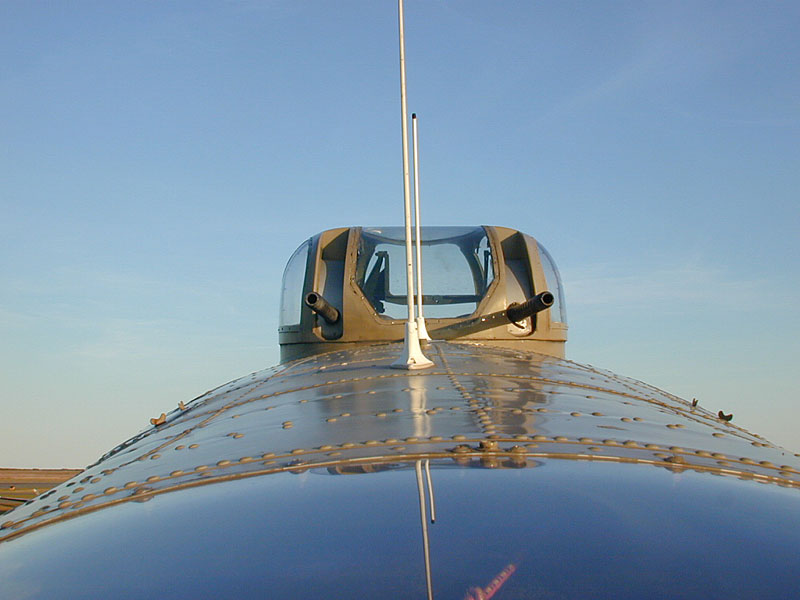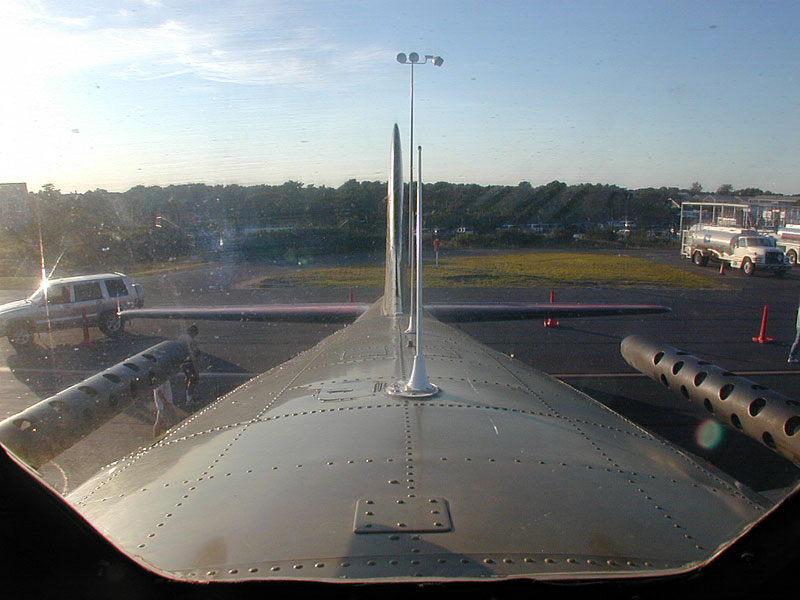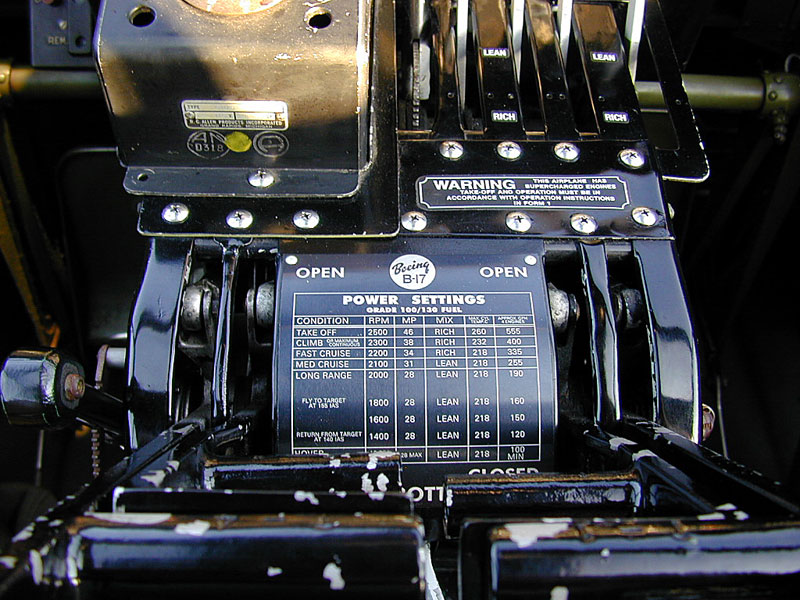|

I have been an ardent admirer of Boeing's B17 Flying Fortress for as long as I can remember. I built the models, read the books and pored over many photographs until I could even recognize the shapes of the riveted panels that formed the skin of the aircraft. The exterior was familiar, but I had seen very few pictures of the interior and had never seen the aircraft "in the flesh". A few years ago the Collings Foundation brought their B17g, the "909" to our local airport and I enjoyed the opportunity to board the aircraft with camera in hand. I immediately found that I was less interested in taking portraits of the plane, but drawn to the nooks and crannies, the cables, pulleys, spark plug wires and other details that made up the confined space occupied by those who served in the skies during WWII. I've left out the more esoteric shots here, but included views that must be intimately familiar to aircrews that flew the B17. I don't know much about what is shown here and sincerely hope that veterans and others who know more will tell us what it all does and how it all works. The 909 has enjoyed a lot more restoration since I photographed it. It's time for another visit. If you'd like to comment on these photos or on B17s in general, see the accompanying B17 Blog Dirck Van Lieu Other airplane-related sites:
At right is the copilot's yoke. The control yokes are the only things that look this old-fashioned. They look like they could have come from a Wright Flyer. I can't imagine gripping something so uncomfortable-looking for 6 or 8 hours.
|
The adjustable frame that supports the pilot's seat. I don't imagine that the bungee cord is original equipment. These must have been labor intensive to manufacture. |

Obviously before the digital age. Are manuals available to describe the operation of the B17's equipment? |
The throttle quadrant between the pilot and copilot. This one looks like new-old stock. Note the recommendations for appropriate indicated airspeeds to and from the target. |

The autopilot. Lots of adjustments in addition to the trim wheels. Not a touch screen to be found. |

The lengthy cord at the wing root. That's a lot of aluminum! As big as it seemed to me when I was a kid, the B17 seems pretty small now that we are accustomed to 747s and B52s. It doesn't even seem that big in the company of an F-18 Super Hornet. |

The business end of the top turret's twin 50s. |

It was not until I boarded the aircraft that I knew that the top turret station was a stand-up affair. I assume that the cloth sleeves hanging from the guns are to keep the hot brass off the gunner. |

The flight engineer's view aft. The noise of two .50 caliber Brownings must have been deafening, being maybe 12" from each ear! |


